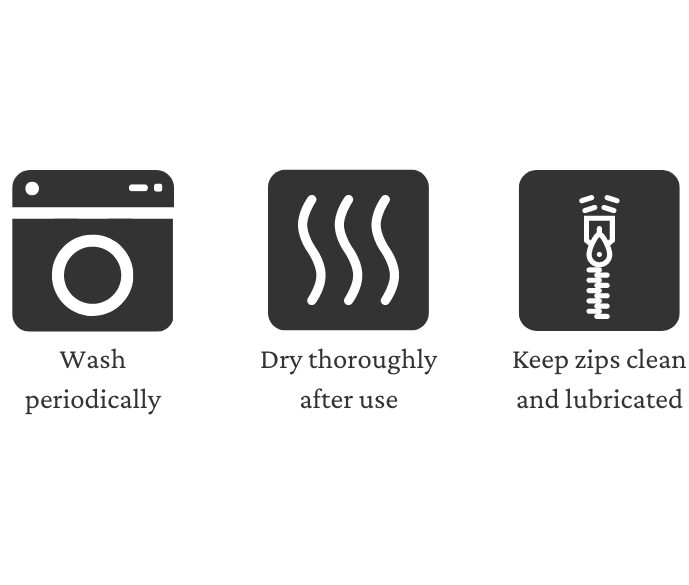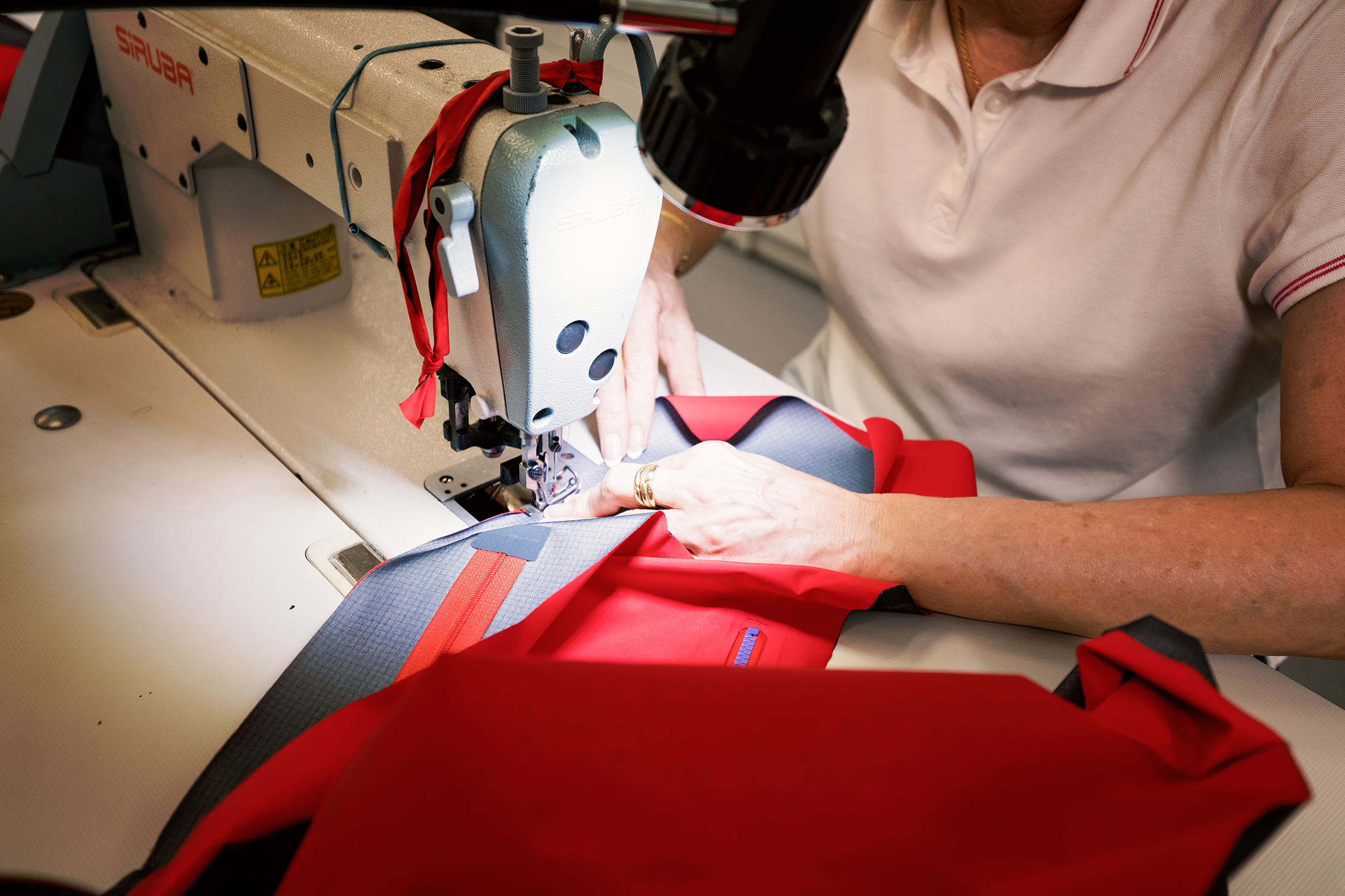General Care
The great strength of synthetic fleece is its ease of care and speed of drying. But as with all of our products it will last longer and perform better if cared for correctly. All fleece should be periodically washed and after use dried thoroughly. When not in use it should be stored in a cool dry place away from direct sunlight. Zips should be kept clean and regularly lubed.

How to Wash Your Fleece
Unlike other products most fleece can typically be washed in simple liquid detergent that does not contain fabric softeners. Should you wish you can also use soap flakes which can be purchased from a supermarket or a specialist cleaning product such as Grangers Performance Wash, Nikwax Tech Wash, Fibertec Pro Wash, or Storm Clothing Wash.
Ensure all pockets are empty, drawcords under tension are released and all zips including pocket zips are done up fully.
Read the care label.
Select the appropriate wash cycle on your machine - ideally this should be a programme with a low to medium spin speed setting such as Delicates or Synthetics and with a temperature setting of 30°C or 40°C . Multiple garments can be washed at once but avoid washing heavily soiled garments together.
Garments can then be air-dried. It should not be necessary to tumble-dry any fleece. Under no circumstances should you attempt to iron fleece.
Finally all components such as cordlocks should be checked and zips thoroughly lubed. We recommend using a product such as Gear Aid Zipper Lubricant, McNETT Zip Care or Zipper Stick. Alternatively natural products such as Beeswax can also be used. The garment can then be stored away as normal.
Field Repairs
Unfortunately, even when well cared for, fleece garments can get snagged, torn or damaged, especially if climbing or mountaineering. Such damage is not covered by our warranty as this is deemed normal, if unfortunate, wear and tear. Luckily most minor damage will not affect the performance of your fleece in any way.
-
Small tears
Minor nicks, fabric tears or burn holes will not affect the performance of your fleece even if a little unsightly and are best left alone.
-
Small to Medium Sized Tears
Larger tears can be mended with a needle & thread. Should it be required professional repair for such damage is usually possible.
-
Jammed or stiff Zip Pulls
Prevention is the best form of cure so regularly clean all zips using warm, soapy water. Do not force jammed zips. If washing and lubing a zip does not free a zip, carefully inspect the zip head for obvious signs of grit or dirt. If tooth or coil damage is visible then the zip puller has already had too much force exerted on it. Only a professional repair can solve this.
Professional Repairs
Should you require a professional repair, many of the common problems which occur through use can be rectified and will ensure your fleece clothing continues to provide many more years of service. This includes partially or completely replacing zips and replacing or re-attaching drawcords etc. Contact us for further information.

End of Life
Fleece garments should last many years and often it will be a component or trim which wears out before the fleece fabric itself does. Such things can often be replaced or repaired and so may not mean the end of the road for your garment. Fleeces are generally easier to recycle than some other clothing but not all of a garment is necessarily recyclable so please do everything you can to prolong its life.
Here’s what you should do instead:
1) Revere it - Our products are made to be used. Learn to value the experience etched into the very fabric of your gear. Every nick, every mark is not just wear & tear but a story and a statement.
2) Revitalise it - Wash and maintain your garment when required and store appropriately.
3) Repair it - Many minor faults that may seem terminal can actually be easily fixed. It may seem expensive but think about the cost not just of a new jacket but the bigger environmental cost to your consumption.
4) Relegate it - Just because your fleece jacket can no longer cope with the depths of a winter storm does not mean that it isn't ‘good enough’ for a wide range of less severe uses. So consider relegating your once luxurious fleece to that dog walking essential or celebrate as retro fashion when wearing around town.
5) Reappropriate it- Use the garment for something it was not originally designed for but works perfectly for. Keep an old fleece jacket for fixing your bike outside, for cold weather gardening or chopping logs.
6) Reassign it - Just because a jacket may not meet your needs any longer it may meet someone elses. Don’t use this as an excuse to not think about your own actions (!) - but there are numerous specialist charities who need outdoor clothing and many groups will gratefully receive donations of used gear, even if slightly damaged.
7) Reuse it - Have you ever thought of wiping down skis with a piece of old fleece or using an entire jacket to wrap around ski bindings when in transit. Anything that requires something soft, cushioning or quick drying can be made from pieces of old fleece clothing.
8) Recycle it - Recycling can save energy and resources that would otherwise be used in the manufacture of virgin materials and the good news is that the majority of fleece clothing (at least in terms of the fabric and sometimes including trims and components also) is made entirely from Polyester and so can often be recycled. But it still uses resources and that’s why we’d ask that you try to do everything you can to keep your clothing in use for longer.









